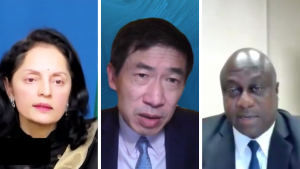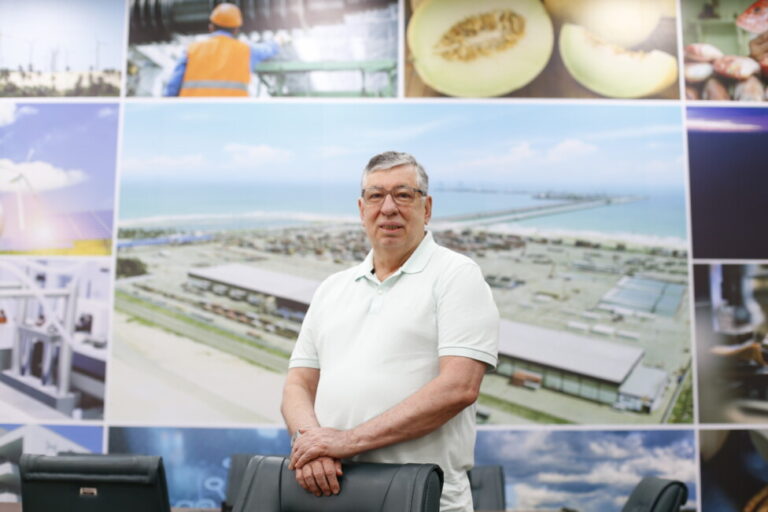TEMECULA, Calif., Sept. 15, 2022 (GLOBE NEWSWIRE) — Nikkiso Cryogenic Industries' Clean Energy & Industrial Gases Group ("Group"), a part of the Nikkiso Co., Ltd (Japan) group of companies, is pleased to announce that Adrian Ridge has been named Executive Vice President, Operations &Manufacturing.
Adrian is a seasoned international executive with 30 years of experience with Atlas Copco in various leadership roles ranging from Service Management, Product Marketing Management, General Management and Global President of both Service and Prime equipment divisions. He is a Mechanical Engineer with an MBA in international Business.
Having global responsibility for more than 20 years and being based in the UK, Ireland, Japan, Spain and Belgium, he brings a deep understanding of the challenges the Group will face as they continue to grow their international footprint. In this role Adrian will lead global operations, directing the Group's Functional Unit Presidents and General Managers to further develop and enhance their global manufacturing strategy and operational excellence management system. He will also focus on the customer experience, supply chain management, quality assurance and support of the Group's global initiatives.
"Adrian is passionate about developing operations that deliver a "superior customer experience'," according to Peter Wagner, CEO of Nikkiso CE&IG. "He is looking forward to joining CE&IG's mission "to provide innovative equipment, technologies and services through our global group of companies to help our customers make a difference!'"
He will be based in Belgium and travel extensively to the Group's key global operating locations. With this addition, Nikkiso continues their commitment to be both a global and local presence for their customers.
ABOUT CRYOGENIC INDUSTRIES
Cryogenic Industries, Inc. (now a member of Nikkiso Co., Ltd.) member companies manufacture, and service engineered cryogenic gas processing equipment (pumps, turboexpanders, heat exchangers, etc.), and process plants for Industrial Gases, Natural gas Liquefaction (LNG), Hydrogen Liquefaction (LH2) and Organic Rankine Cycle for Waste Heat Recovery. Founded over 50 years ago, Cryogenic Industries is the parent company of ACD, Nikkiso Cryo, Nikkiso Integrated Cryogenic Solutions, Cosmodyne and Cryoquip and a commonly controlled group of approximately 20 operating entities.
For more information, please visit www.nikkisoCEIG.com and www.nikkiso.com.
MEDIA CONTACT:
Anna Quigley
+1.951.383.3314
aquigley@cryoind.com













